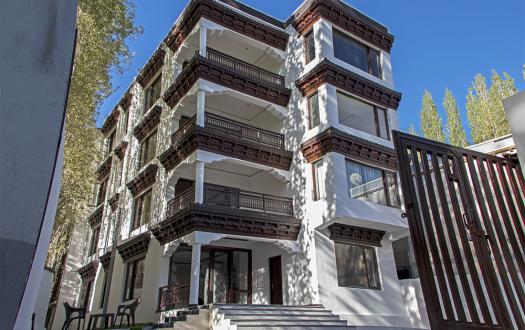
Off
17%
6000
Hotel LA Mount
Main Tukcha Road Fort Road, Leh Ladakh UT-194101
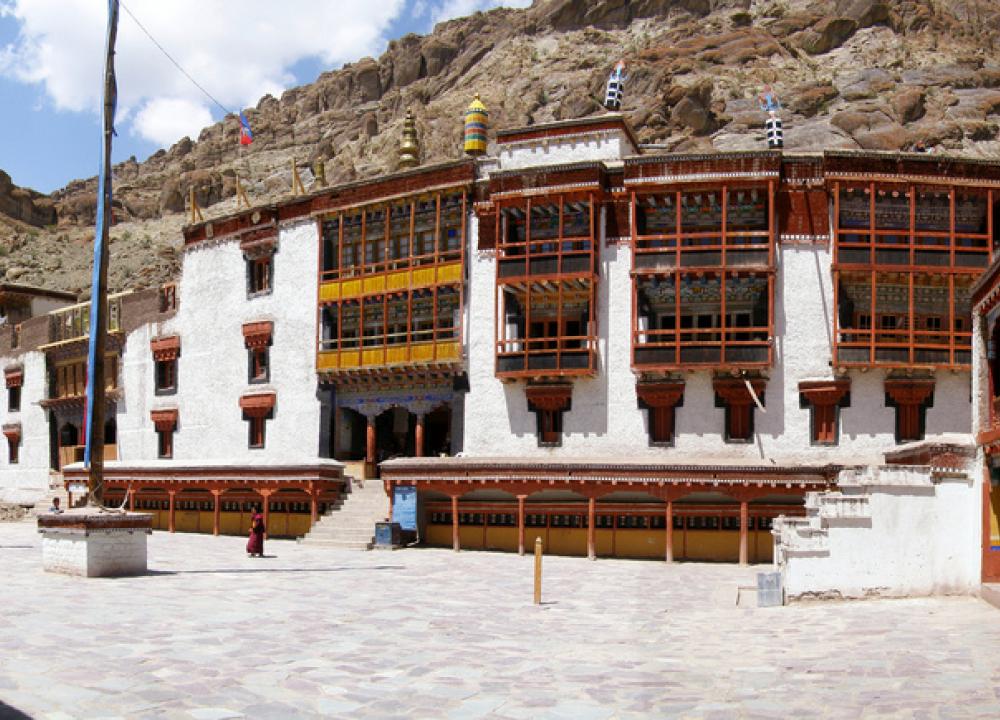
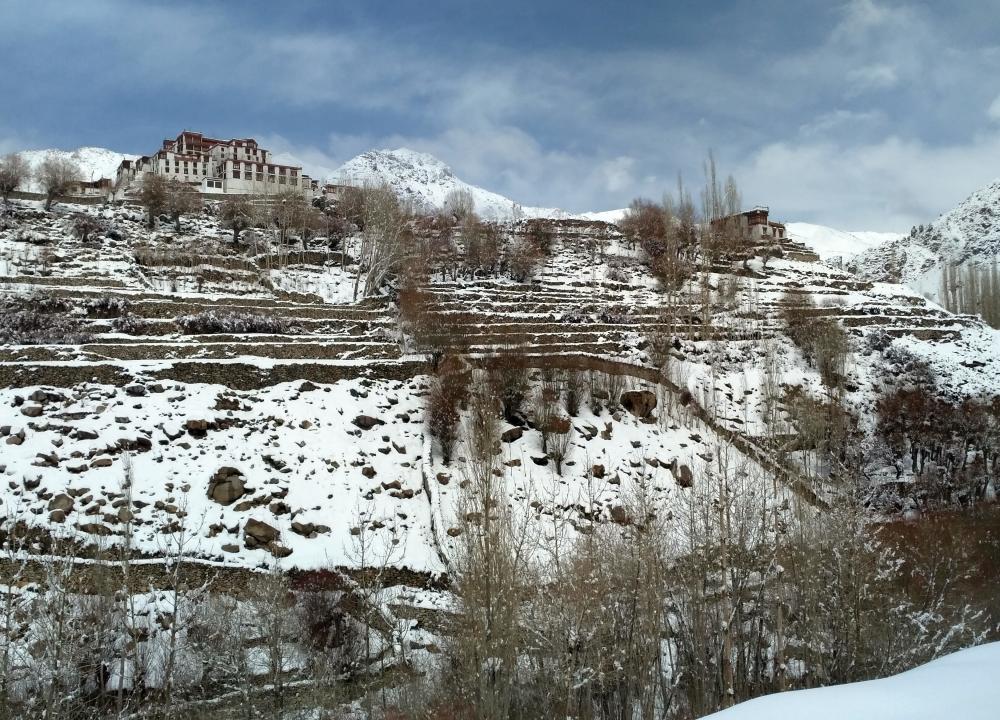
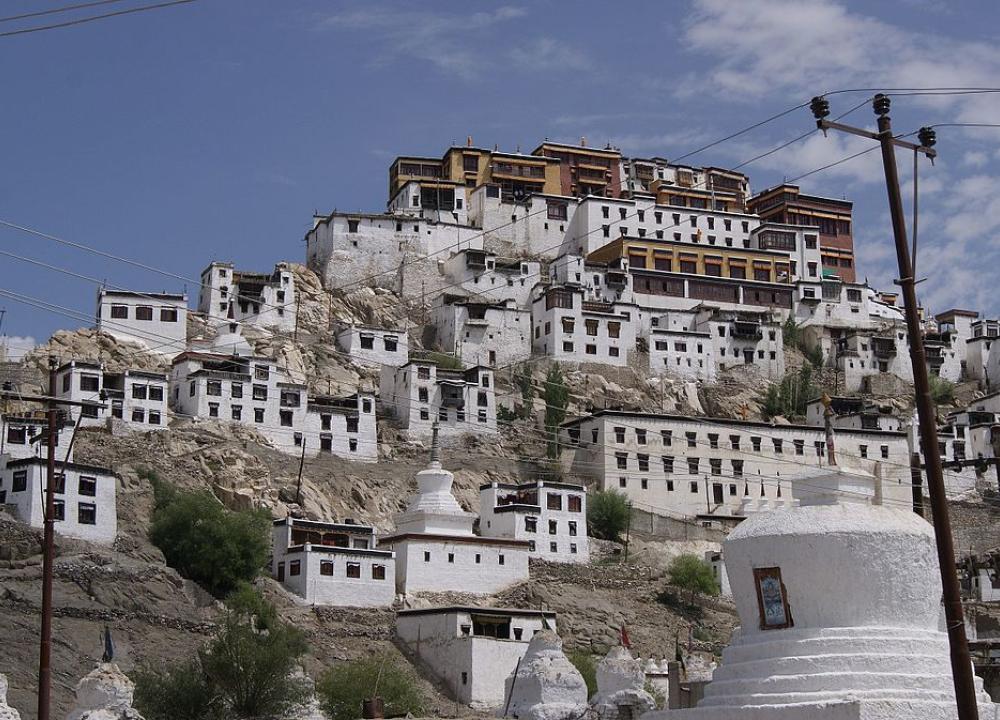
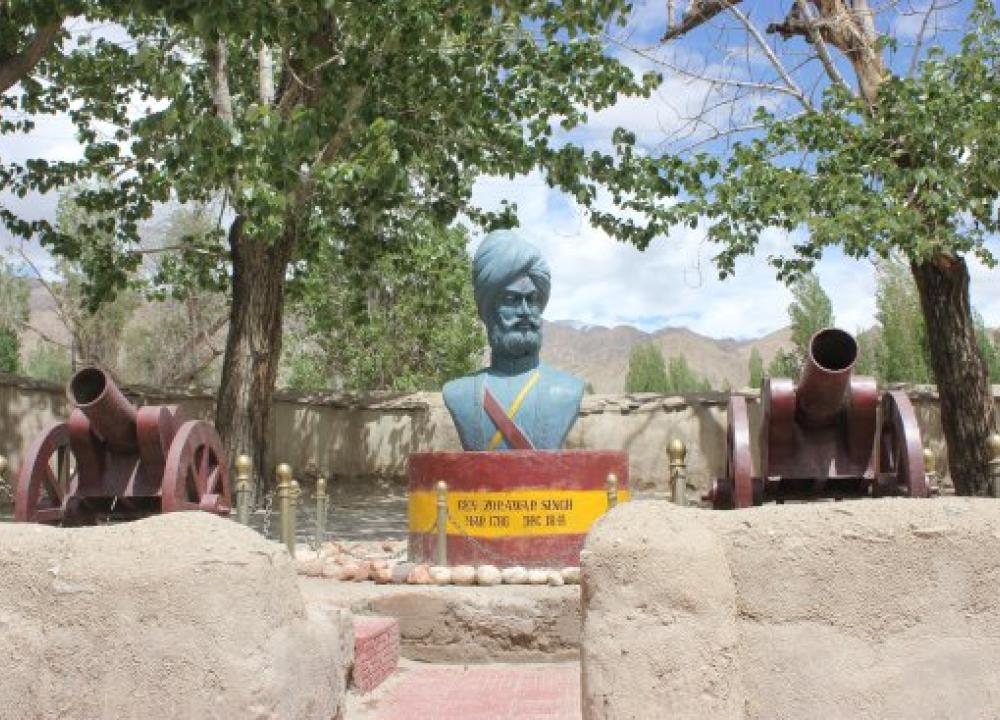
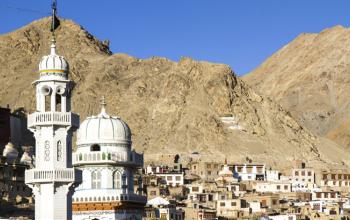
The only mosque in the region acts as an icing on the cake and is an example of “unity in diversity,” which is more prevalent here in Leh. Built in 1966-67, it is located in the heart of the city and receives pilgrims from around the country every year.
And this historical mosque in Leh is always crowded by tourists since it is surrounded by the main bazaar. This place also has a Shahi Hamdan Memorial which is made in dedication to Mir Syed Ali Hamdani who was a Muslim Sufi Saint.
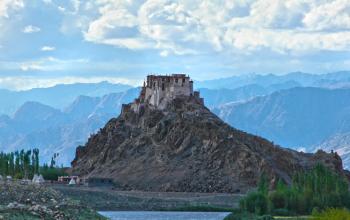
Stakna is beautiful white washed monastery sitting atop the desert hill near Leh. Stakna Monastery or Stakna Gompa was founded in the late 16th century by a Bhutanese scholar and saint, Chosje Jamyang Palkar – the renowned scholar and saint. The view of majestic Himlayan Mountains from this monastery is breathtakingly enchanting. Getting lost is something you can do here.
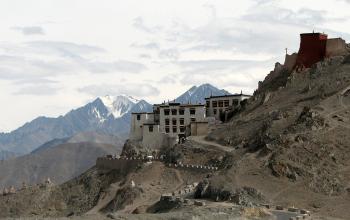
The Monastery was built in the year 1655 by Deldon Namgyal, in the memory of his father, Singay Namgyal. . The gompa is known for its colossal copper-gold gilded statue of a seated Shakyamuni Buddha. The place is 2 km far from the main hub and you can reach there by hiring a cab.
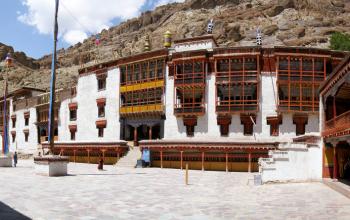
The most popular monastery in Leh area, Hemis Monasterywas founded by first incarnation of Stagsang Raspa Nawang Gyatso who was invited to Ladakh by the King Singay Namgyal and was given estate throughout the region in 1630. The major attraction of this monastery is a copper gilded statue of Lord Buddha and other stupas which are believed to be made of metals like gold and silver.
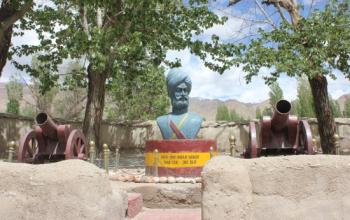
The best part of the General Zorawar Fort is made of local clay, sun dried bricks, stones ad wooden frames. The fort was home to the "Conqueror of Ladakh" late Zorawar Singh Kahluria who consistently struggled against the Chinese Rulers. It is one of the national monuments in India as declared by Archaeological Sites and Remains Act 1958.
Spituk Monastery was founded by Od-de, the elder brother of Lama Changchub Od during his visit to Maryul in the 11th Century. The beautiful monastery is situated on the hilltop overlooking the roaring Indus River flowing through the deep gorges of the Valley.
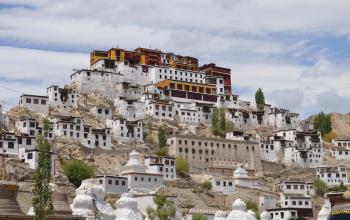
On the hilltop, lies a kingdom of this massive monastery that looks surreal and absolutely stunning. It is the major favorite of many photographers and it is one of the reasons that drives tourist to this region. In the arid desert, the Monastery looks like an oasis.
The complex houses a number of thankas, stupas, wall paintings and statues in the twelve storied building. This must visit attraction also has a museum which carefully treasures many sacred items. You can also find a large pillar engraved with the Buddha's teachings and a 15 meter high Buddha statue at the main prayer hall.
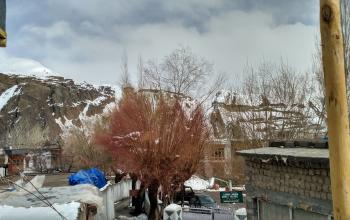
Alchi Monastery is situated in small village of Alchi that lies in the lower regions of Leh. The monastery is believed to be the oldest in the area and was built by 958 and 1055 AD by Guru Rinchen Zangpo. The stunning architectures and minutely carved paintings here in the monastery, are believed to be the oldest surviving in Ladakh.
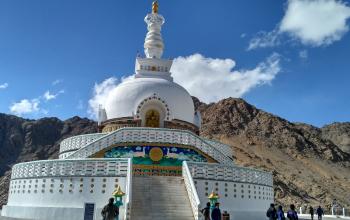
Shanti Stupa is a Buddhist white-domed stupa on a hilltop of Chanspa in Leh. Built in 1991 by Japnese Buddhist monk Gyomyo Nakamura, the stuap is part of Peace Pagoda mission. The Stupa is located at one of the most beautiful locations that provides panoramic views of the surrounding landscape and thus attracts tourists from around the world.
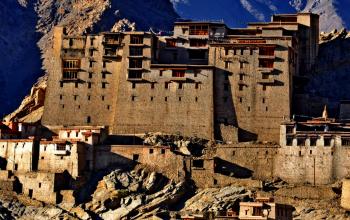
Leh Palace also known as ‘Lhachen Palkhar’ is a 17th century royal palace initiated by Tsewang Namgyal and completed by Sengge Namgyal, both from the Namgyal dynasty of Ladakh. The palace is located in the picturesque Location in Leh district of Ladakh.
The roof top of the palace offers spectacular views of the mountain of Stok Kangri and the Ladakh mountain range as also panoramic views of the entire town and its surroundings. The condition of palace is dilapidated today and is being maintained by the ‘Archaeological Survey of India’ (ASI).
However the majestic building with a museum holding over 450 years old artefacts in the midst of the mountains that provide breathtaking views of the snow clad mountain ranges attracts tourists to this palace.
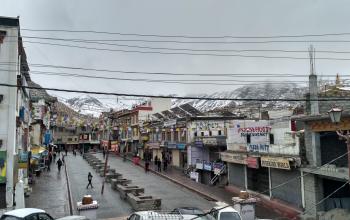
Ladakh is a culturally rich region of Jammu and Kashmir where you can see the Tibetian, Ladakhi and Buddhist culture in abundance. The market of Ladakh therefore reflects all these cultures immensely.
The Street market has many lanes and bylanes wherein small shops sell variety of products varying from clothes, woolen wear, traditional jewelry etc. You can find beautiful carpets, shawls, and souvenirs.
Tibetan Refugee Market is also set up here which sells locks with unique carvings, artifacts, and souvenirs. The market also sells sonorous bowls prepared by a combination of nine metals like cymbals, decorative brass and copper trumpets. One can also find a few old ladies selling jewelry and handicrafts in the Leh Main Market. As a tourist, you won’t leave empty handed from the flamboyant markets of Ladakh.
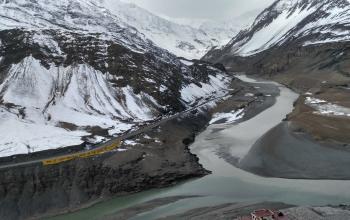
At the confluence of the rivers Indus and Zanskar, Snagam Valley is at a distance of 48 kilometer from Leh. Sangam is hindi word meaning confluence of two different things.
Therefore, the Valley is named as Sangam where you can distinctly see the colour of two rivers Indus and Zanskar. It is the peaceful place where you can enjoy, site and relax with your family and friends and appreciate the nature.
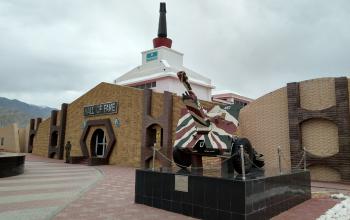
Hall of Fame is a museum constructed by the Indian Army in memory of the brave Indian soldiers who lost their lives defending the country. The museum is located on the Leh-Kargil Road, about 4 km from the city of Leh. Various weapons used in kargil war, apparel and amenities used by Indian Army in the Siachen region is at display in the museum.
Some of these show the pictures of army posts on the glacier, living accommodation of the troops and the training process of the troops on ice walls. There is a section which displays the history, culture and other associated facts with Ladakh.
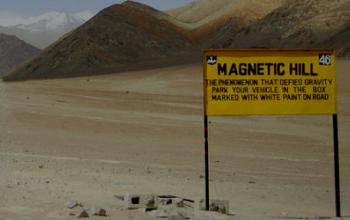
Magnetic Hill is a “Cyclops Hill’ in Leh. It is known as magnetic hills as it defies the gravity. In a particular area on and surrounding slopes, the cars and objects appears moving uphill defying gravity.
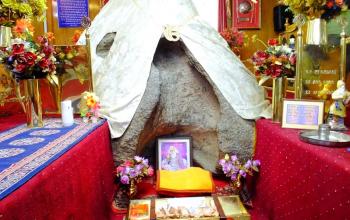
Gurudwara is a beautiful Sikh temple constructed in the memory of Guru Nanak on the Leh-Kargil road. The Gurudwara was built in 1517 to commemorate the visit to the Ladakh region of Guru Nanak Dev. Gurudwara is considered sacred by Sikh pilgrims and is visited by many pilgrims every year.

Main Tukcha Road Fort Road, Leh Ladakh UT-194101
Upper Chulung, Main Market, Leh Ladakh UT - 194101
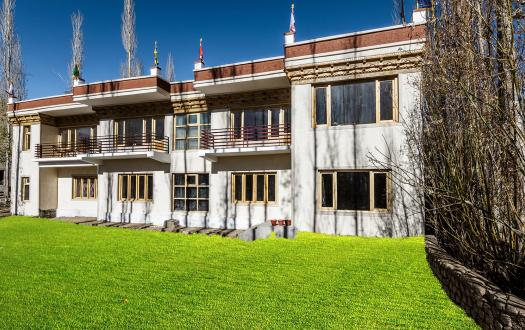
Lower Tukcha, Fort Road, Leh, UT Ladakh - 194101
It is increasingly easy to organize a trip to Rishikesh, taking advantage of one of our hassle free travel packages, available only with us.
The Best Price Guaranteed. A direct charge of your reservation by the hotel team. No fee for booking.
Our goal is to revolutionize the journey. Our priority is your safety.